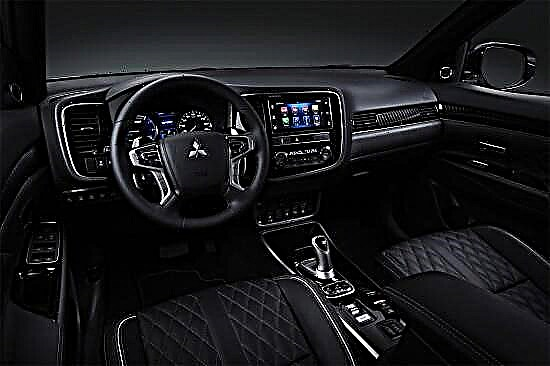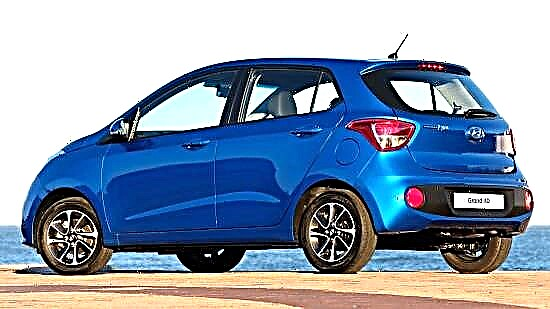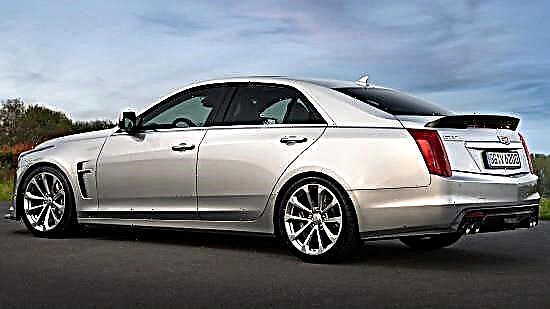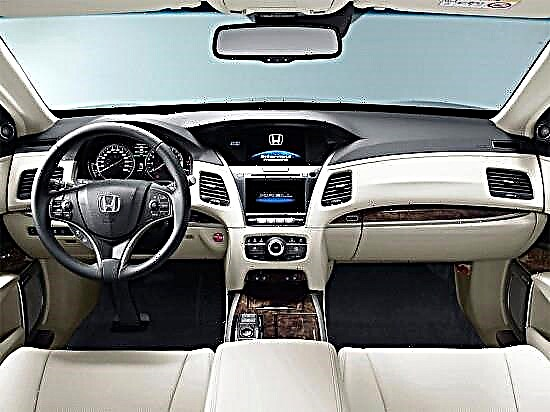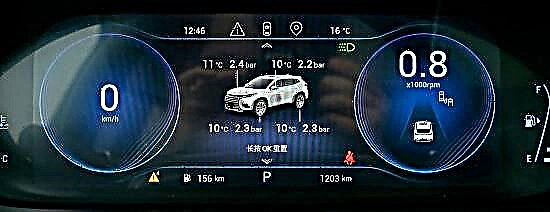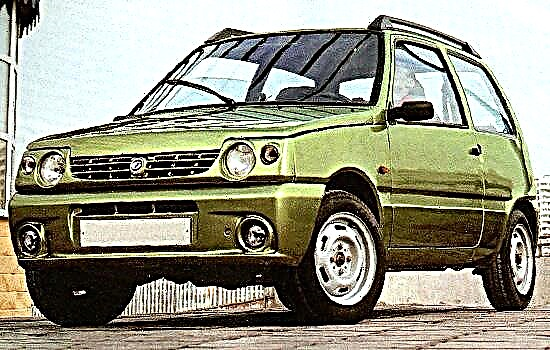The supercompact model VAZ-1111 "Oka" was born in 1988 - it was then that its parallel production started at the Volzhsky Automobile Plant, the Serpukhov Automobile Plant and the Small Car Plant in Naberezhnye Chelny.
The design of the car began in Serpukhov back in the 1970s, but in 1982, by order of the Ministry of Automobile Industry, it was transferred to the designers of VAZ - they were instructed to create a three-door "especially small class" for disabled people, using the developments of SMZ and NAMI.

Throughout the history of its existence, "Oka" has been constantly modernized - it has repeatedly changed the dashboard, some body parts and the heating and ventilation system. In addition, the car also improved in technical terms: for example, in 1995, a new engine was separated from it, and with it the VAZ-11113 index.

The turning point in the fate of the minicar was 2005, when VAZ and KAMAZ stopped its serial production, while SeAZ continued to produce a hatchback under the SeAZ-11116 index with a Chinese engine. Finally, the "career" of the car came to an end in 2008 due to the completely extinguished demand for it.

There are no memorable details in the exterior design of Lada Oka - the miniature angular-square body of the three-door demonstrates simple lighting technology, artless bumpers made of unpainted plastic, short overhangs, compact "flourishes" of wheel arches, thin roof pillars and a solid glazing area. The little car looks unremarkable, but quite pretty to itself.

"Oka" is a representative of the "extra small class" (segment "A" according to European standards): in length it is elongated by 3200 mm, in width - by 1420 mm, in height - by 1400 mm. A 2180 mm wheelbase extends between the wheelsets of the domestic small car, and its ground clearance is 150 mm. In "combat" form, the three-door weighs from 635 to 660 kg, depending on the version, and its gross weight does not exceed one ton.

Inside the Lada Oka, a very ascetic atmosphere reigns - an archaic steering wheel with a two-spoke rim, an antediluvian instrument cluster with three dials and several indicators, a frankly budgetary front panel, on which you can contemplate only a couple of round ventilation deflectors, "sliders" of the heater, several auxiliary buttons, yes cigarette lighter. The corresponding materials in the car and finishing - "oak" plastics, plain fabric and a lot of undisguised metal elements.
Formally, the hatchback's interior is a four-seater, but only children can more or less freely sit in the back seat, devoid of elementary amenities. And its front seats are disappointing in all directions - they have a completely "flat" profile without any hint of lateral support and a minimum of adjustments.
Oka's trunk is miniature - only 210 liters in standard form. The one-piece rear sofa folds down, but slightly improves the situation, increasing the volume of the cargo compartment to just 630 liters. There was not enough room for a full-size "spare" in the "hold" of the car - it is located under the hood, next to the engine.
Specifications. For the domestic small car, only gasoline engines are provided, docked with a 4- or 5-speed "mechanics" and a front-wheel drive transmission:
- Under the hood VAZ-1111 installed a two-cylinder unit with a volume of 0.65 liters (649 cubic centimeters) with an aluminum cylinder head, carburetor injection and 8-valve timing, developing 29 horsepower at 5600 rpm and 44 Nm of peak thrust at 3200 rpm.
- In service VAZ-11113 costs the same engine, but with a volume increased to 0.75 liters (749 cubic centimeters), the potential of which has 33 "stallions" at 5600 rpm 50 Nm of torque at 3200 rpm.
- Late modification (SeAZ-11116) is equipped with a Chinese 1.0-liter "triplet" TJ376QEI with an aluminum cylinder head, distributed "power" and 6 valves, producing 53 "mares" at 6000 rpm and 77 Nm at 3200 rpm.
It takes 18-30 seconds to set from the first "hundred" at the "Oka", its maximum capacity is 120-130 km / h, and the fuel "appetite" does not exceed 5.3-6 liters of fuel in a combined mode per 100 km of track.
At the heart of the three-door is a front-wheel drive "bogie" with a transversely located power unit in the front part and a body of the supporting structure.

The chassis of the car is represented by an independent McPherson-type front architecture with a transverse stabilizer and a semi-independent rear system with a flexible crossbar. The subcompact is equipped with a hydraulic brake complex with disc devices in front and simple "drums" in the back. The steering center at the three-door is a rack and pinion configuration (of course, without a control amplifier).
The advantages of the hatchback are: compact size, economical engines, excellent maneuverability, good visibility, easy maintenance and good cross-country ability. It also has many disadvantages: a low level of comfort and safety, a complete lack of prestige, weak dynamics, a highly corroded body and a cramped interior.
Prices. At the beginning of 2017, Lada Oka is one of the most affordable cars in the secondary market in Russia - it can be purchased at a price of 15-20 thousand rubles.


